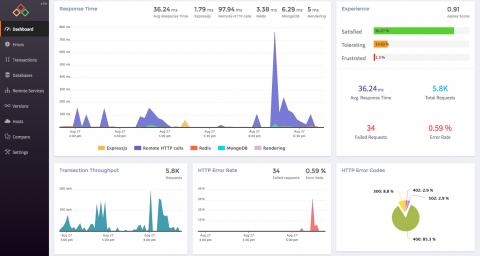Server & Application Monitoring Pricing Comparison: Instrumental, New Relic, Datadog, Librato, and SignalFx
Confused about the price of an application and server monitoring tool? So were we! Every tool is priced differently and there are a lot of nuances. We’ll walk you through important terminology differences, the pros and cons of different plans, and then discuss the pricing details for Librato, New Relic, SignalFX, Datadog, and of course, Instrumental.











